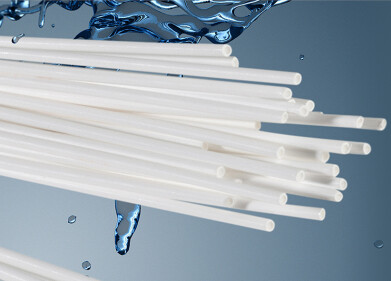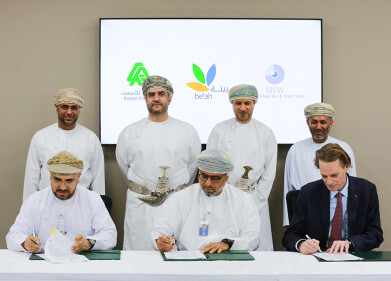Waste management
Cutting-edge artificial intelligence could help revolutionise recycling of rubbish
Sep 22 2020
A new low cost sorting system is being developed by academics at Liverpool Hope University, who say it could reduce the amount of solid waste going to landfills.
Rather than recycling centres having to rely on humans to manually sift through items, the new approach sees a ‘Computer Vision’ camera-based system trained to identify every household object on a conveyor belt, which would then instruct robots to sort the materials in front of them.
Dr Emanuele Lindo Secco, of Hope’s School of Mathematics, Computer Science & Engineering, says they’ve been able to prove the method works to a high degree of accuracy.
Remarkably, he and co-author Karl Myers, an engineering and robotics tutor, also managed to produce the classification system for less than £100, giving it the potential to be adopted across the world.
In a new report, Dr Secco and Myers write: “Due to rapid urbanization, increasing population and industrialization, there has been a sharp rise in solid waste pollution across the globe.
“Do we have the capacity to handle such an increase in waste?
“The answer to the question is no - at present we do not have the capacity to handle an increase in waste and moreover we do not have the capacity to handle the waste we are retrieving now.
“Hence, efforts must be made to streamline the waste sorting process and also efforts into intelligent retrieval of waste to further ease the pressure on the MRFs (Material Recovery Facilities) must be increased.”
Dr Secco explains how, in the UK, waste is collected from doorsteps before being sent to a Material Recovery Facility (MRF) for sorting and processing.
Once there, a combination of mechanical and manual methods sort the materials into their respective classes.
A powerful magnet, for example, is used to remove tin and steel cans, and a reverse magnet, called ‘eddy current’, causes aluminium cans to fly off the conveyor and into a storage container.
Other sorting, however, is done by hand by human operatives.
Dr Secco adds: “Operatives have to continually monitor the materials coming from each stage to remove and sort the materials the mechanical process misses.”
And that, says Dr Secco, means ‘the cost of recycling is inherently higher due to the human resource cost. For these reasons, the industry trend is towards state of the art MRFs and a move away from legacy or "dirty" MRFs which are much more labour intensive.”
That’s where the pioneering new system steps in.
Dr Secco and Myers utilised a cheap ‘Raspberry Pi’ computer - popular with children who want to learn coding - and married it to a hi-resolution camera.
Through clever Machine Learning, the Raspberry Pi was programmed to identify five different types of waste - paper, glass, plastic, metal and cardboard.
It could do this because it had access to a database of 3,500 different images of rubbish, courtesy of Google images and a resource called ‘TrashNet’.
And through ‘transfer learning’ training - one of the key drivers towards ‘True Artificial General Intelligence’ (AGI) - the system was able to get more and more discerning in its labelling of the trash.
When it came to overall accuracy, the team were able to hit a 92 per cent success rate through their testing, making it viable for commercial use.
While Dr Secco admits the speed of the system needs to be improved before it could be rolled out properly, largely due to the processing power of the Raspberry Pi, the underpinnings of a new way of doing things have been identified.
Dr Secco adds: “The world in which we live is increasingly becoming more and more polluted by man-made waste.
“There have been great strides made recently in the retrieval of this waste, however, this will increase the pressure on the already inefficient material recovery facilities.
“Therefore, more efforts must be made to increase the efficiency and lower the cost of the MRFs. The research into Computer Vision (CV), more specifically embedded CV could be the answer to this and many other related problems.
“Especially now, due to the advances in technologies and software making it more accessible, easier to use and more robust.”
Events
Apr 10 2025 Beijing, China
Apr 10 2025 Beijing, China
Apr 15 2025 Moscow, Russia
Apr 21 2025 Shanghai, China
May 11 2025 Vienna, Austria














